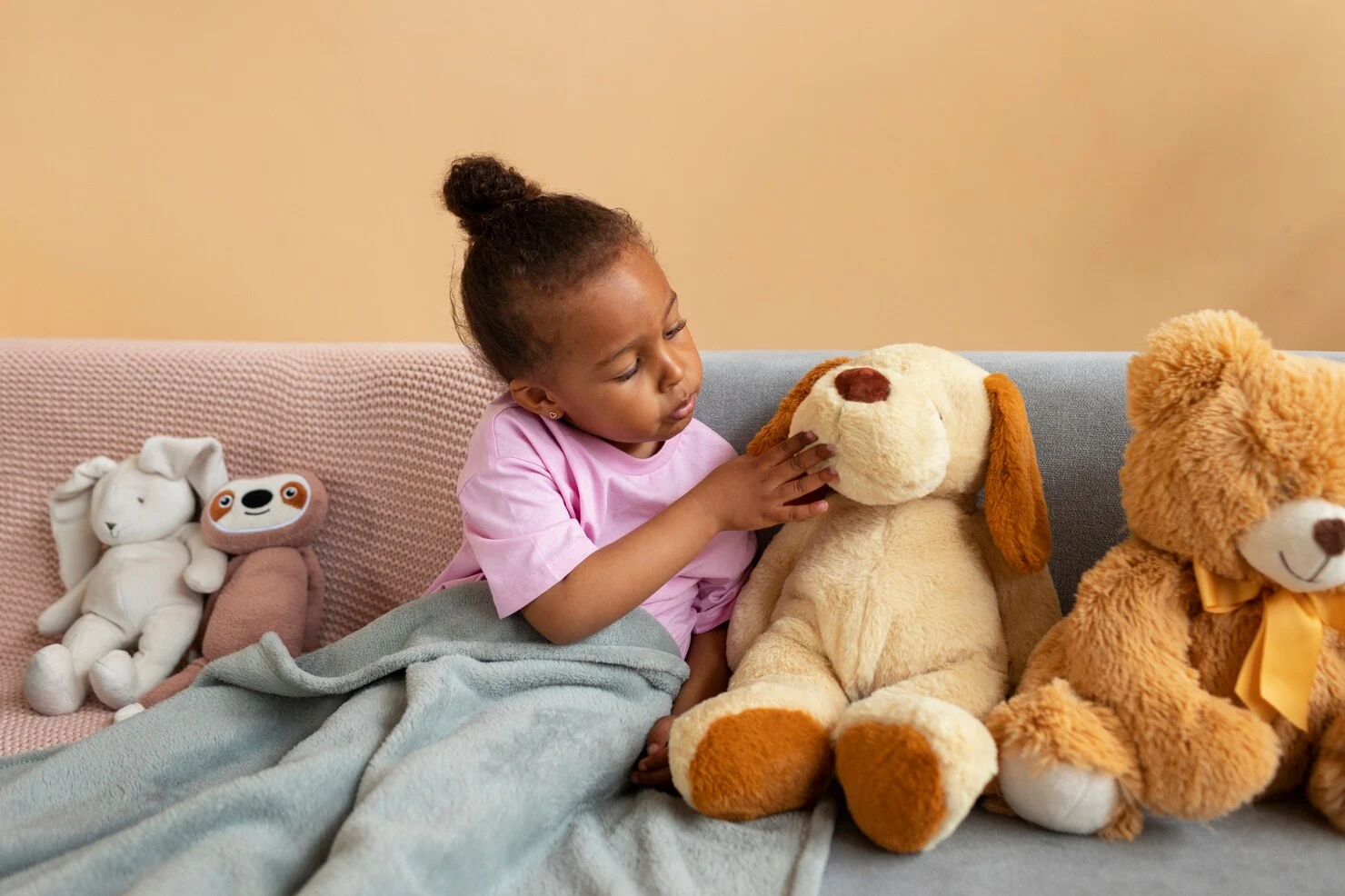
Image from Freepik
BubblePal: New AI Toy That Talks, Plays, and Connects with Kids
BubblePal is the next AI-powered interactive toy. The bubble-shaped toy was launched last week and is created by Haivivi, a toy company specializing in experimental products for kids. According to the company, it can engage in natural conversations with children and offer emotional companionship.
Its bionic memory technology enables BubblePal to evolve the more it interacts with a child, becoming more knowledgeable and responsive over time. It also has a silicone strap, which attaches the sphere to a toy, allowing that toy to “come to life.”
The toy also comes with the Haivivi Pal App, which allows parents to personalize their child’s chosen BubblePal characters, set dialogue expectations, establish limits, and review growth records. It also provides weekly updates through a ‘Growth Report”.
The app also includes a Growth Badge System, developed based on Howard Gardner’s Theory of Multiple Intelligences. This system analyzes each child’s unique characteristics and types of intelligence through chat, aiming to help parents recognize their children’s talents. In addition, the real-time Emotional Barometer captures the child’s preferences or aversions to different topics.
Designed for children aged 3 to 12, it is available for $89 on Haivivi’s official website.
However, Forbes raises an important concern about privacy with these toys. Previous, less advanced models have had weak security measures, failing to adequately protect children’s data.
For example, Mattel’s Hello Barbie, an AI-powered doll designed for entertainment, was criticized as a “privacy nightmare”. Similarly, BBC reported that the My Friend Cayla doll was scrutinized for its vulnerability to Bluetooth hacking, which could allow unauthorized individuals to send voice messages directly to children. These examples highlight the ongoing challenges in ensuring robust security for interactive toys.


 Previous Story
Previous Story

 Latest articles
Latest articles 

Leave a Comment
Cancel